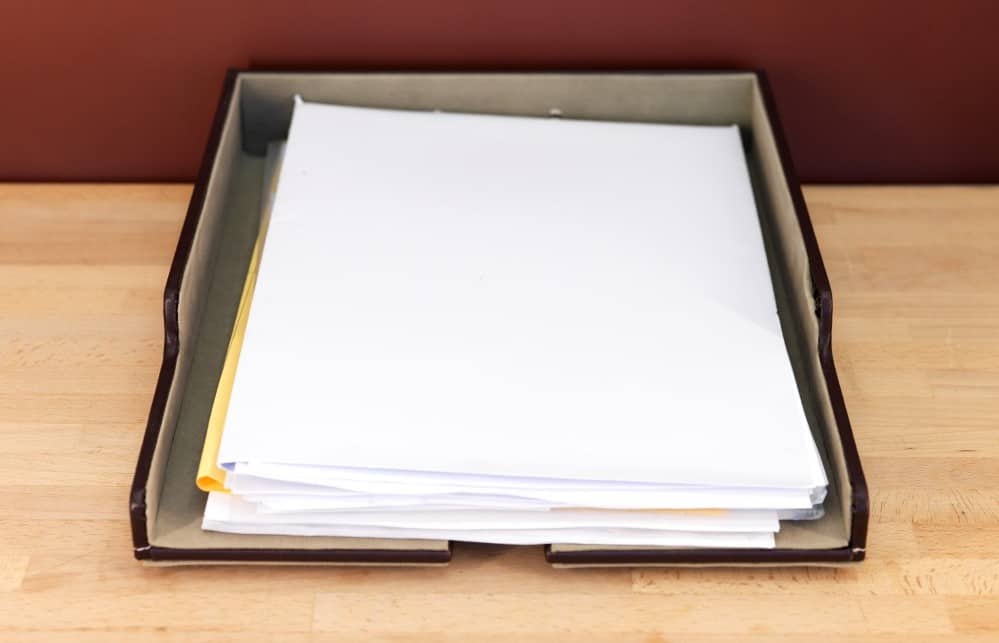
Episode 59 of Beyond The To-Do List (hosted by my buddy Erik Fisher, author of the recently redesigned book Ready, Aim, Fire: A Practical Guide To Setting And Achieving Goals ebook) features a return appearance of Merlin Mann. Merlin talks about a wide variety of things, but the part that hooked me from the onset was the topic of “inboxes” that he spends some time discussing. I don’t want to spoil it for you as it is an excellent listen, so instead I’ll tell you that you’d better be honest with your inboxes so that you can really be okay with your inboxes.
I’ll freely admit that I have a lot of inboxes. For example, I have seven email inboxes. Mind you, I have one email app – Airmail – that is essentially the larger inbox that houses the seven email inboxes. (Actually, I have more email apps if you count the ones I use on my mobile devices, but that’s really not the crux of the issue.) The thing is that I make conscious choices to check each of those seven inboxes at times that keep me moving the right things forward. I don’t check my personal email inbox during the day. I don’t check the informational email account associated with Productivityist in the evening. I’m being deliberate with when (and how) I check these email inboxes and I’m also okay with leaving bright red dots on inboxes that aren’t in need of checking at certain times.
I’m not afraid of inboxes at all. I have tons of them. My main notebook in Evernote is called “Inbox” for a reason. I know exactly where to put things in Evernote when I’m quickly capturing things that belong in the app, and I know what do with the stuff in that notebook when I’m ready to process those notes. The term “inbox” acts as a trigger for both action and inaction, depending on where my mind is at as the day progresses.
I have an inbox on my bookshelf, which is where all of my paperwork goes until it is ready for processing. It’s visible so it can’t be ignored for long periods of time, but I only work through it when I’m in processing mode. That also allows me to use paper as the gateway to my digital task management app. Once I place my capture notebook on the top of whatever pile exists in that paper inbox (if there’s even a pile at all), a trigger has been set in motion. I know there’s stuff that needs to be processed in there because I’ve placed a notebook that is chock full of stuff that I’m going to want to review for processing later. I can’t end my day without processing that inbox as a result.
But that doesn’t mean I need to process it at that moment.
Being intentional with what the role of each inbox plays puts you in a far better position to be honest with how you use them. And that, in turn, allows you to be okay with your inboxes.
So…are you okay with your inboxes? Let me know if you are and why in the comments below.

